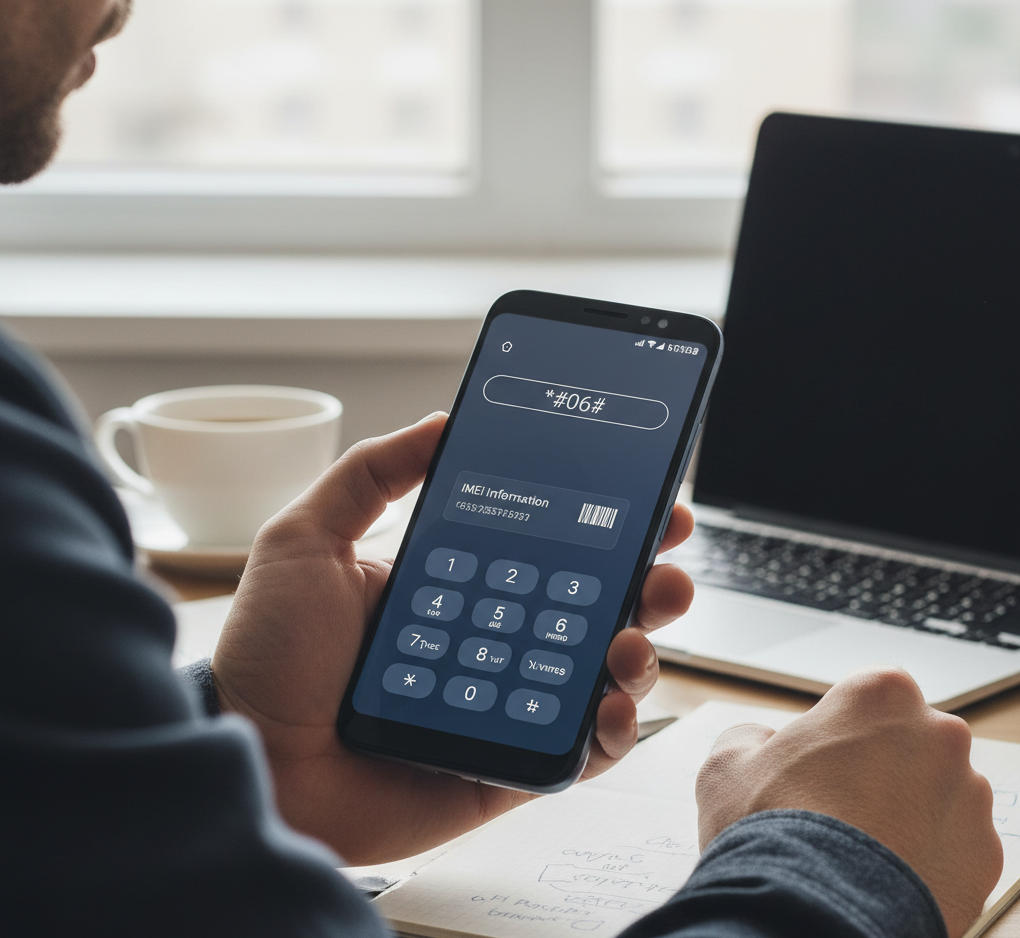Motorola, a name synonymous with mobile innovation, has a long history in the US market, from the iconic flip phone to modern Android smartphones. Like many mobile devices, Motorola phones contain a layer of hidden functionality accessible through specific sequences of characters dialed directly into the phone app—often referred to as “secret codes,” MMI (Man-Machine Interface) codes, or USSD (Unstructured Supplementary Service Data) codes. These Motorola dial codes offer a backdoor to diagnostic menus, device information, and carrier service settings.
This article explores these unique digital shortcuts, focusing on their utility for the American consumer, and offers caution for their proper use.
The Two Worlds of Hidden Codes: MMI and USSD
Before diving into the codes themselves, it is important to understand the subtle distinctions between the two main types of codes you’ll encounter on your Motorola device:
MMI Codes: Device-Centric Information
MMI codes are typically designed to interact directly with your phone’s hardware and software. They often open up hidden menus, like “Engineering Mode” or “Testing Mode,” which display granular details about your device’s components and system status. These codes often begin and end with an asterisk (*) or a pound sign $\text{(}\text{#}\text{)}$.
USSD Codes: Carrier Service Management
USSD codes, on the other hand, communicate with your mobile carrier’s network. They are used for managing account services like checking your balance, data usage, or activating/deactivating call features. These codes are heavily dependent on your carrier—be it AT&T, Verizon, T-Mobile, or others in the US—and generally work across different smartphone brands, including Motorola.

Essential Motorola Dial Codes for Device Diagnostics
Modern Motorola devices, running the Android operating system, share many universal Android secret codes, though some codes are specifically tailored by Motorola. Here are some of the most useful diagnostic codes:
Getting to Know Your Device’s Identity and Status
| Code | Function | Purpose for US Users |
| $\text{*}\text{#06}\text{#}$ | IMEI Number Display | Crucial for reporting a stolen phone, checking warranty status, or unlocking your device from a carrier. This is a universal code. |
| $\text{*}\text{#*}\text{#4636}\text{#*}\text{#*}$ | Phone Information / Testing Menu | Provides detailed statistics on phone usage, battery health, Wi-Fi information, and network details (signal strength, cell info). Excellent for troubleshooting connection issues. |
| $\text{*}\text{#07}\text{#}$ | Regulatory Information | Displays regulatory labels and the Specific Absorption Rate (SAR) value, which is important for US health and safety standards compliance. |
Accessing Advanced Testing and Engineering Modes
For the advanced user or technician, certain Motorola dial codes unlock deeper configuration and testing tools:
| Code | Function | Utility |
| $\text{*}\text{#*}\text{#2486}\text{#*}\text{#*}$ | Engineering Mode / CQAtest | This Motorola-specific mode (often labeled CQAtest on newer devices) allows for extensive hardware testing, including the screen, sensors, cameras, and audio components, essential for diagnosing internal defects. |
| $\text{*}\text{#*}\text{#197328640}\text{#*}\text{#*}$ | Service Mode | A more generic Android test mode that provides access to various diagnostic tools and testing activities, useful for isolating software or hardware faults. |
Managing Your Carrier Services with USSD Codes
For US customers, many valuable Motorola dial codes pertain to managing the services provided by your network carrier. These codes help you control call features and manage your wireless account.
| Code | Function | Carrier Relevance |
| $\text{*31}\text{#}$ / $\text{#31}\text{#}$ | Activate / Deactivate Caller ID Per-Call | Use $\text{#31}\text{#}$ followed by the number to block your Caller ID for a single outgoing call. This is a standard mobile network feature. |
| $\text{*43}\text{#}$ / $\text{#43}\text{#}$ | Activate / Deactivate Call Waiting | Controls whether you are notified of an incoming call while you are already on a call. |
| $\text{*}\text{#67}\text{#}$ | Check Call Forwarding Status (Busy) | Displays the number to which calls are forwarded when your line is busy (often your carrier’s voicemail number). |
| $\text{*}\text{#21}\text{#}$ | Check All Call Forwarding Status | Reveals the number to which all your incoming calls are forwarded. |
Note on Carrier-Specific Account Codes: While some general call management codes are universal, codes for checking minutes, data, or bill status are highly specific to your American carrier. For instance, codes like $\text{*646}\text{#}$ (minutes) and $\text{*3282}\text{#}$ (data) are commonly used by major US carriers like AT&T and Verizon, but you must consult your specific carrier’s support to confirm the current codes for account management on your Motorola device.
A Word of Caution: Use with Care
It is critical to approach Motorola dial codes with a degree of caution. Many of the menus unlocked by these MMI codes are intended for technicians and developers. Incorrectly changing settings within the Engineering Mode, for example, could inadvertently affect your phone’s network connectivity, battery life, or overall stability.
- Backup Your Data: Always ensure your phone is backed up before experimenting with any codes that mention “reset” or “wipe” functions.
- Do Not Alter Unknown Settings: If you do access a hidden menu, do not change any setting unless you fully understand its function.
conclusion
For the vast majority of American users, the most practical codes are those for retrieving the IMEI ($\text{*}\text{#06}\text{#}$) and managing simple carrier features. These Motorola dial codes are fascinating relics of mobile technology’s early days, offering a glimpse into the device’s inner workings that remain accessible on your modern Motorola smartphone.